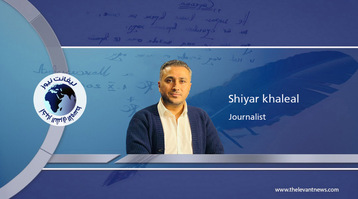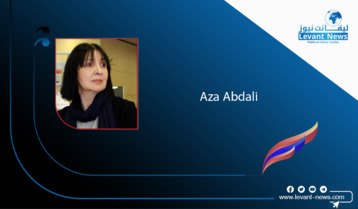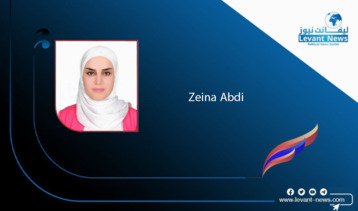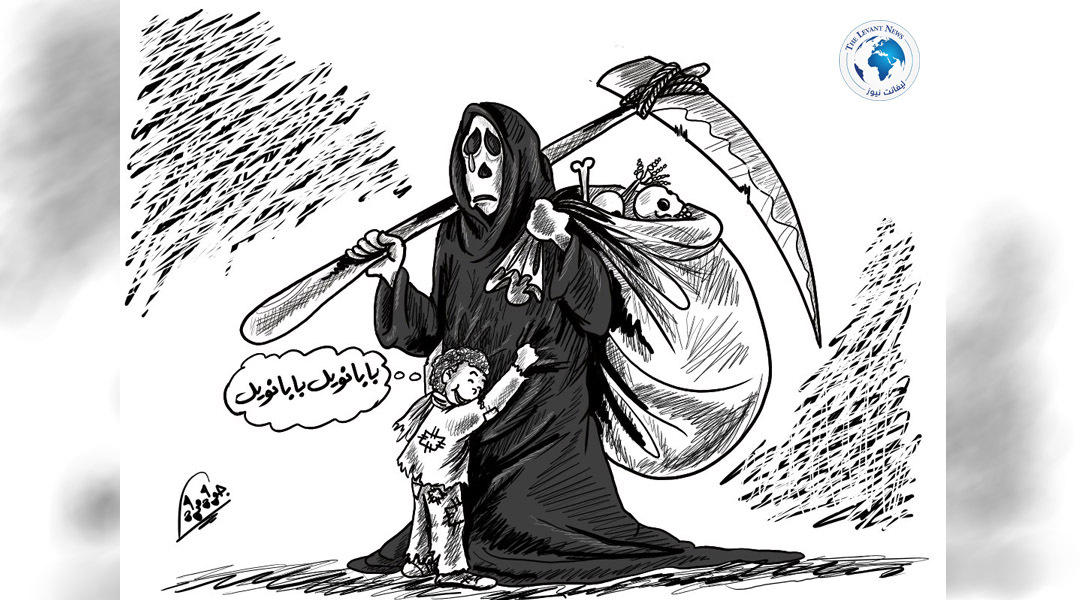-
What is happening in Iran... Same picture in Beirut in 2020 and Bandar Abbas in 2025
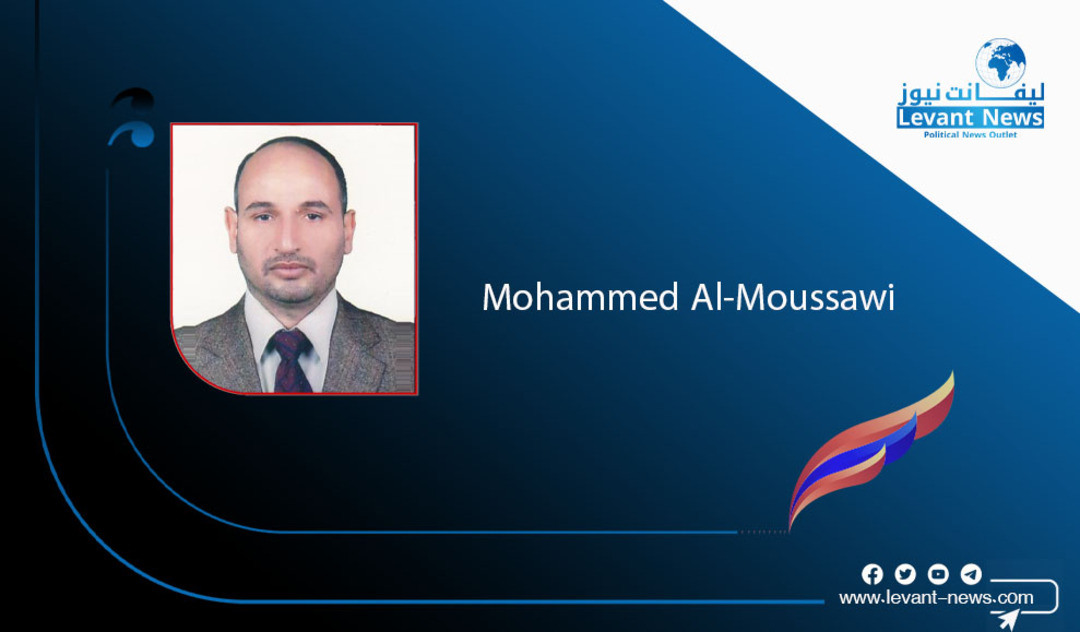
The recklessness of the Iranian Supreme Leader’s regime with the lives of innocents in Iran, Lebanon, Iraq, Yemen, Syria, and Palestine reflects a consistent pattern. The ruling Velayat-e Faqih regime in Iran has made it a norm to disregard human lives, making it easier to read its intentions. Similarly, the West’s support for this regime is not based on belief in its legitimacy but because it is considered the alternative and superior dictator to the ousted Shah’s regime in 1979—more ruthless and expansionist. To enable the ruling clergy’s dominance over the region, the West has deliberately weakened Iraq by dismantling its institutions, making Iraq a proxy for Iran’s expansion, and forcing it to bear much of the cost of regional conflicts—just as they did during the wars in Syria and Yemen, where Iraq paid the heaviest price as a “tribute” or “ransom” imposed by the clergy of Iran’s Velayat-e Faqih, paying off regimes like Assad’s and Hezbollah in Lebanon, as well as the Houthis in Yemen. The combined result of this destructive approach is devastation and chaos—regimes like Assad’s have fallen, the Iranian mullahs’ copy failed in Iraq, Hezbollah remains, Gaza persists, Lebanon and Yemen remain unstable, and Jerusalem and Palestine remain unfree. All this chaos has revealed one positive truth: the “fall of masks” and the end of illusions openly. But this has come at a cost of over 45 years and trillions of dollars spent blindly by regional countries and peoples—funds that could have been used to foster development, prosperity, stability, and peace instead of war and displacement.
Beirut in 2020
The regime of the Velayat-e Faqih also showed total disregard for Lebanese lives and their public and private property destroyed on August 4, 2020. Some called this explosion “Beirutshima,” due to its magnitude and what it resulted in. No entity, regardless of its efforts, could hide parts of the truth unless they completely obliterated Beirut and dumped it into the sea, burying truths with it. The aftermath was hundreds killed, thousands injured, hundreds of thousands displaced, and $15 billion in damages, along with setbacks in development and halted daily life. Yet, the same regime still recklessly endangers Iranian lives by stockpiling the same hazardous materials used in Beirutshima, risking innocent lives while Iran’s nuclear negotiations and military ambitions continue amid this chaos.
Explosions at the Riji port in Bandar Abbas by 2025
The National Council of Resistance of Iran revealed that the explosion at Riji Port in Bandar Abbas was caused by the detonation of containers belonging to the Iranian Defense Ministry. The blast occurred within containers in the Sina warehouse inside the Bankaster company, which contains explosives of sodium perchlorate—used as solid fuel for ballistic missiles. Bankaster is part of the “Sepah Energy” group affiliated with Iran’s Defense Ministry, and the U.S. Office of Foreign Assets Control (OFAC) imposed sanctions on this company on November 29, 2023.
A strict security blockade and cover-up are being enforced by the regime to hide the catastrophic damage caused by the Bandar Abbas explosions and to distort facts. However, field reports—whether from resistance units aligned with the MEK, Iranian state media, or international sources—expose the scale of the human tragedy. Despite initial security measures—tight cordons around the port and restrictions on journalists—the truth cannot be concealed. The results of the explosion, air and environmental toxicity, will become clear sooner or later through official Iranian institutions, especially since the resistance’s media closely monitor all developments via its channels and sources. Propagandist statements from the regime will inevitably contradict each other. The extent and nature of the destruction suggest the damage exceeds all estimates, and the full truth will only emerge after some days.
Media opinions and expert analyses from inside and outside the event
According to a report from the British maritime security firm “Amber” and the British shipping company “Aphreli,” the explosion stemmed from unsafe storage of sodium perchlorate at Bandar Abbas port. The fire resulted from mishandling of a shipment of solid fuel intended for Iran’s ballistic missiles.
Meanwhile, “The New York Times” reported on April 27, citing sources close to the IRGC, that the explosions in Bandar Abbas were caused by negligence in the transportation and storage of the sodium perchlorate used in creating the IRGC’s ballistic missile fuel.
Similarly, the Associated Press, analyzing satellite images, confirmed that the explosion destroyed large parts of the port and injured over a thousand people.
And they boast about fighting terrorism... while the mullahs support terrorism everywhere. This is in addition to the escalating government killing campaigns under the guise of executions, and their effort to develop their military nuclear program and missile arsenal to impose a fait accompli regionally and globally. All of this occurs openly, with the awareness and approval of the international system, which, if it wished, could have paved the way for the Iranian resistance to overthrow the mullahs’ regime and establish a non-nuclear democratic state. That is, if they truly do not want the mullahs’ regime to acquire nuclear weapons.
International collusion continues, and the mullahs persist in their internal oppressive policies and external expansionism. The suffering of the Iranian people and the peoples of the region endures. It’s certain that this suffering means nothing to the West and their global system; rather, they see it as serving their interests. The situation ahead is worse.
Levant: Mohamed Al-Mosawi
Tags
You May Also Like
Popular Posts
Caricature
opinion
Report
ads
Newsletter
Subscribe to our mailing list to get the new updates!

